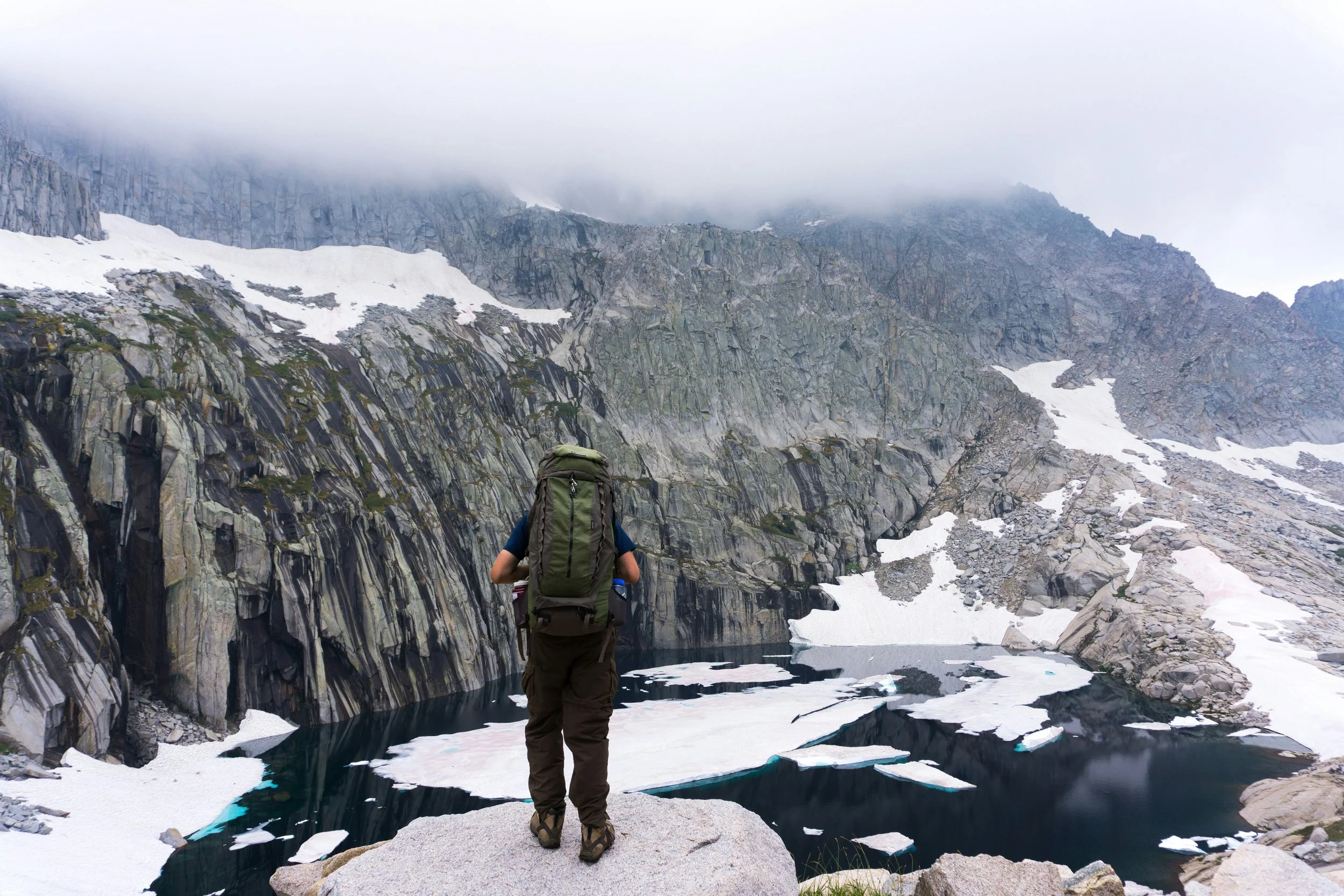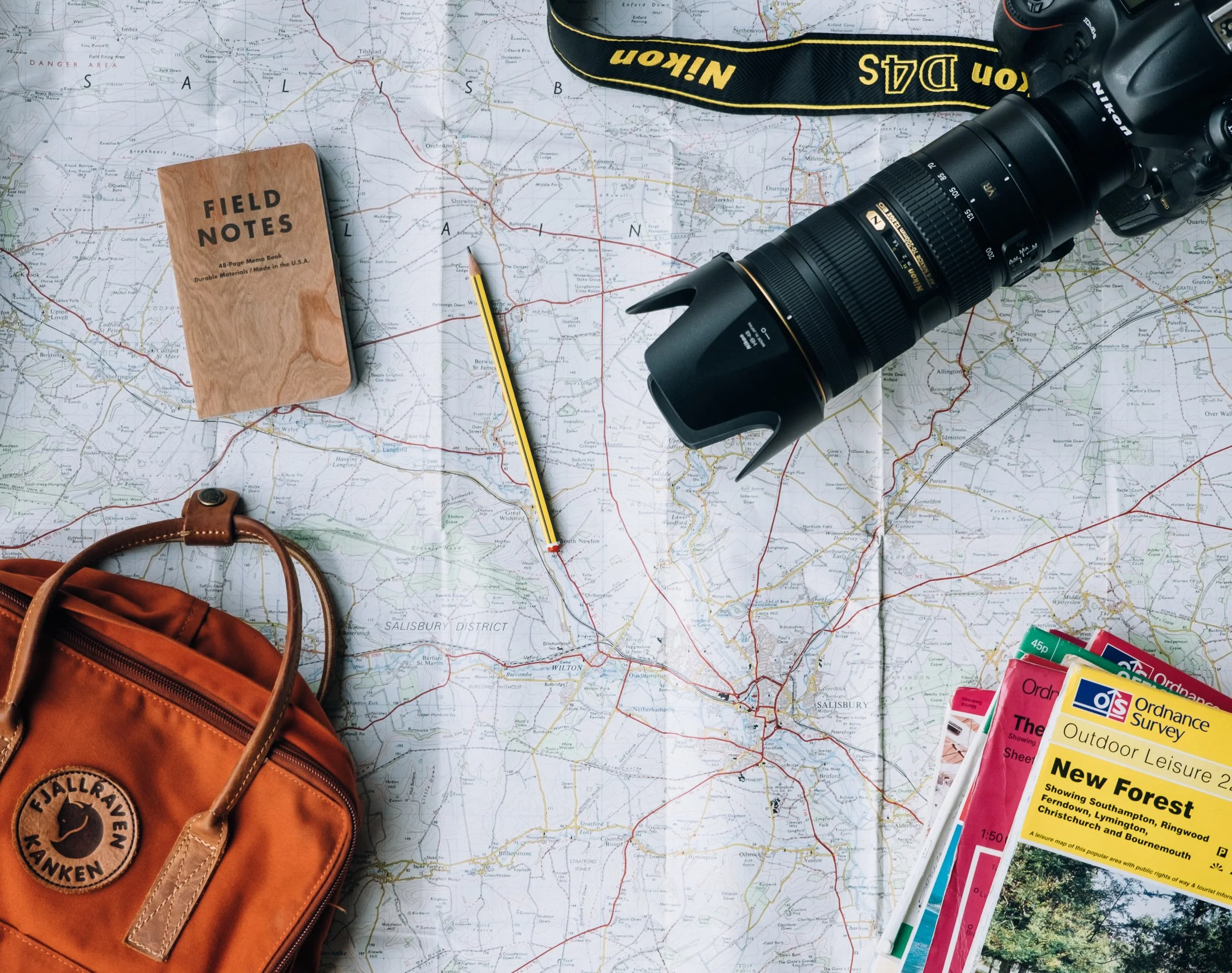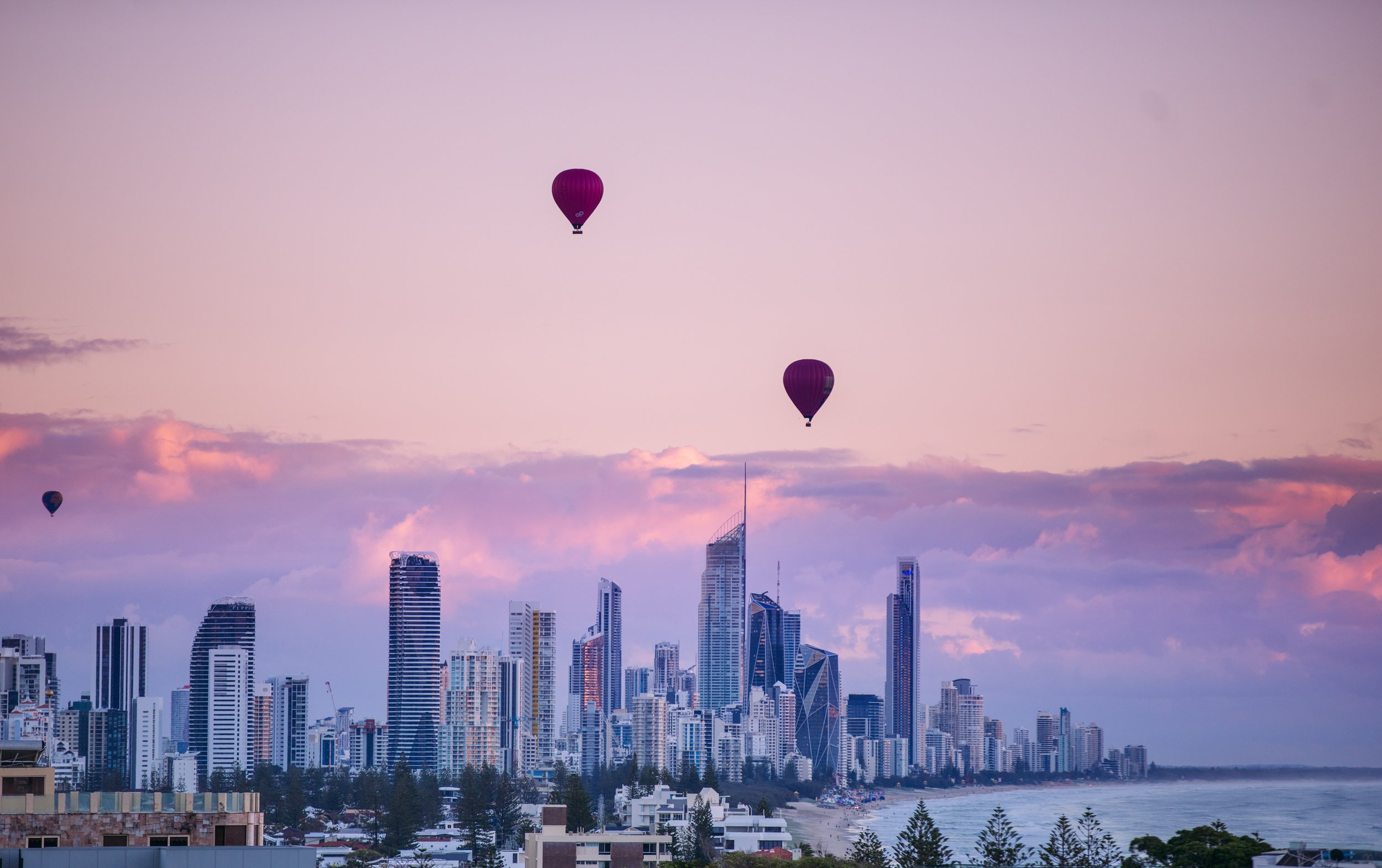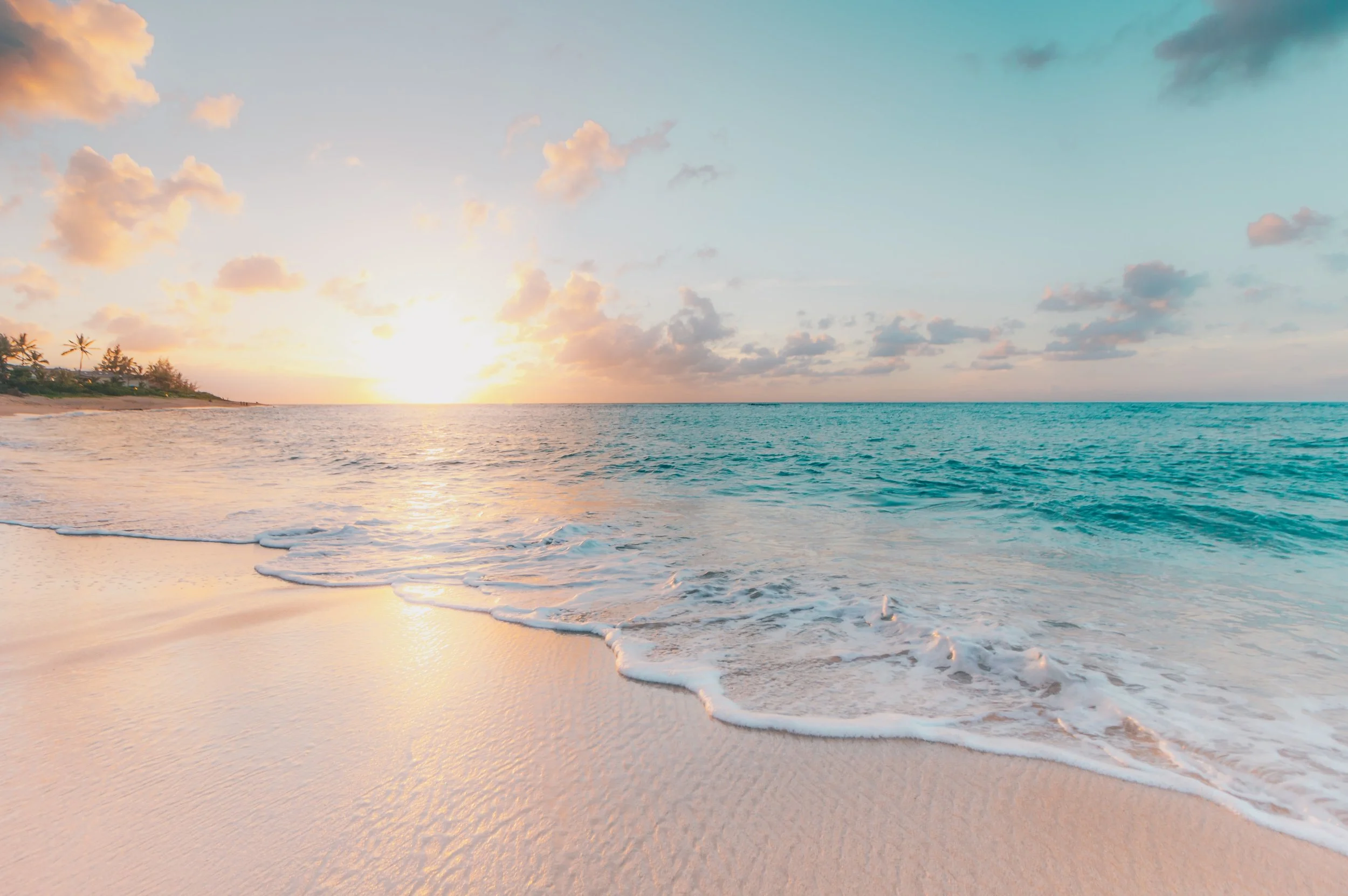We've been travelling for almost 18 months now and we know how overwhelming planning long term travels may be. We decided to share with you the things we learnt over time and things we discovered by trying (sometimes succeeding and sometimes failing!). Our Travel Resources page has been created to help you get ready for any travels you're dreaming of and in this post we would love to share with you tips on:
- deciding how long to travel for,
- designing your perfect itinerary,
- how to decide on what to see on your travels,
- ways to score cheap flights.
- CHECKING VISA REQUIREMENTS
How long should you travel for?
Having lots of time to travel is both an awesome thing and also a hindrance. It’s totally awesome because you do have so much time to explore a place and really get to know it, but a hindrance because sometimes you dwell in a place for too long and it gets tiring being an active tourist all the time. Planning your itinerary is very personal and it should reflect the kind of travel you want to do.
When we decided to pack away our lives in London, we had no plans of returning anytime soon. Deciding how long you want to travel for is really up to you. You may plan a 3 or 4 month trip and realise that you want to keep on going, or, you may plan an epic 12+ month long trip and after a few weeks hate it and want to go home. There is no ‘right’ length of time for long term travel.
It is a big commitment to move away for 12+ months. It's a long time between seeing your friends and family and doing the things that are familiar and this can be really challenging. Most things back home won’t change, but some things do. We have missed Christmas’, birthdays, new additions to the family etc., and it is always hard to not be home at these times. But, we are really grateful for the experiences that we have had.
We feel like 1-2 months is enough time to get a grasp of what a country is like. When we were in SE Asia, we were spending a month in each country and it didn't feel like enough time to combine seeing all places and being able to relax and enjoy a few places for longer. However, we spent 3 months in both Ethiopia and Kenya and we felt like that was a bit too long. Of course, you can spend less time in each country, but we know that we became very tired and uninterested when we moved around too much.
Thanks to staying in Kenya for 3 months and visiting the same place twice (Tiwi Beach) we had a chance to discover this amazing natural pool in the shape of Africa! We took a bunch of newly-met friends there and we had an awesome time swimming in crystal clear water and snorkeling in the caves.
Planning your Journey - your perfect itinerary
When planning your journey it is super important to think about the things you like doing and the things you don’t like doing. Are you a city person? Do you like forests? Do you like beaches? Trekking? Camping? Do you want to party or chill out? Everywhere we’ve been, we have been able to find places that meet our needs in terms of the kind of travel we want to do. Sometimes we feel like getting out there and doing everything that we possibly can, and other times we just want to do not-so-much and watch a movie or sit on the beach for a few days.
Our itinerary is heavily influenced by what we'll be able to photograph and film, but that also gives us purpose for visiting places. Nowadays, we never visit a place just because it is a ‘must-see’, but rather because we want to film or photograph it or experience something that personally attracts us to it (like, e.g. we freaking love waterfalls, clear water and caves! So, when we spot them on a map, we try hard to see them).
We often don’t know where we’ll be in a week’s time, but we usually set a time frame of how long we will spend in a specific country. The longer we travel, the longer we want to spend in one place. At the beginning we were spending a night here, two nights there and after about 2 months we were totally exhausted! Long term travel is tiring and you need to schedule time where you'll be able to rest and just catch up on things.
Sometimes we double back on ourselves and visit a place more than once. Travelling through Africa in particular is challenging to do in one route/loop/path as you have no choice but to return to major cities because of the transport links. Travelling through South East Asia is a bit simpler as the tourist path is very well worn. Often the case is when we want to go somewhere, there is a bus leaving the next day. People commute everyday to all parts of their countries, and public buses are never too far away.
Think what you really love seeing and doing when you decide on where to go. We really love waterfalls and swimming in a cold clear water! In the picture is Ngare Ndare waterfall in Northern Kenya.
What should you see?
For us, we obviously wanted to see some of the big sites when we travel: things like Taj Mahal, Angkor Wat, Himalayas etc., but we also wanted to try and find ways of doing things on the cheaper side and find spots that we've never heard of. This usually means it takes a little longer than say an organised trip would, but the adventure of doing it on our own is usually fun and always cheaper.
Consider what are the things you like and don’t like. Do you like waterfalls? Then go and visit all the different waterfalls you can find. Do you like movies? See if you can find famous movie set locations in the country you are visiting. It adds an extra layer to your travels and helps to give you a purpose for visiting. And trust us, there is only so many ‘amazing’ temples you can see before they all start to look the same. So don't feel bad if you are not feeling like going to some amazing temple or a national museum, just do what you feel like doing!
Write a list of all the places you would like to see in a specific country and then locate them on a map. This can help to give you a sense of where your journey will take you. Search for blog post from past travellers about how to see a place - knowing things like where the ticket office is, opening hours, cost or physical location will save you lots of guessing. Often a main attraction is not so close to the city that it says it is. E.g. Angkor Wat is about an hour drive from Siem Reap and the ticket office is literally nowhere near the actual temples or Siem Reap city centre.
buying your airplane tickets
The world of buying aeroplane tickets is just weird. We managed to get one way tickets from Kigali (Rwanda) to London for £220, but couldn't find tickets cheaper than $160 from Kampala to Nairobi! It just doesn't make sense, but there are a few things to consider when buying your tickets to help you save a lot of money:
Be flexible with your date. Air fares fluctuate quite a lot from day to day and leaving a few days earlier/later can make a massive difference.
Don't be picky about your airline.
Direct flights are almost always more expensive.
Use Skyscanner or AZ Air (only for Europe) to find the cheapest flight, then go to the actual airline website and book through them.
Use third party booking sites only when you have a complicated journey.
Avoid flying at any sort of festive season. Christmas, Easter, School Holidays, etc. will easily double the cost of a ticket.
Search for budget airlines - some airlines do not appear on the big flight search engines.
Clear your browsing history & cookies - some times when we are simultaneously looking for a flight, we will get the exact same flight at different prices. Apparently, if you repeatedly search for the same flight, the website that you are using thinks it is a popular flight and therefore increases the price. We have also found this to be true when booking on a mac v pc v smartphone.
CHECKING VISA REQUIREMENTS
Visa requirements vary from country to country. Some countries require you to apply for an official visa, while others may require some other form of permit such as the UK ETA (explained more here at https://uk-eta.com).
The problem with a lot of standard tourist visas is that they only allow you to stay for a maximum of 6 months. If you’re planning to stay travelling in one country for over six months, you may have to explore other visa options. These could be more difficult and expensive to apply for in some cases and are worth factoring into your budget.
Plan to work abroad? A working visa can also be a little more complicated to apply for and will also come at an added cost in many cases. Make sure that you have looked carefully into the requirements and budgeted correctly if you need a working visa.
We usually travel on public transport like buses but we never can avoid planes! Here you can see the buses in Kenya's capital - Nairobi.
Everywhere is beautiful
Every country we have been to has something beautiful to offer. When we planned our Africa trip, we decided we would go to Ethiopia first, then Kenya, Uganda, Rwanda, Tanzania and end in Malawi, in the space of 8 months. Our plans have changed so much and we ended up visiting (only) Ethiopia, Kenya, Rwanda and Uganda - spending at least a month, up to three months, in each place. This was mainly due to the fact there is just so much to see in a country. It can be easy to simply rush through a country and tick off the big sites. However, we feel so much more connected to a place when we can spend a week or more in one place and get to know it better. Some of the best places we have been to were discovered by us totally by accident.
Our advice - take it slow and see fewer places for longer. It helps the budget and doesn’t mentally drain you from always being on the go.
Before arriving to Ethiopia we've never heard of Gheralta Mountains. We ended up loving it there and we heard of them totally by accident from an Ethiopian person!








































